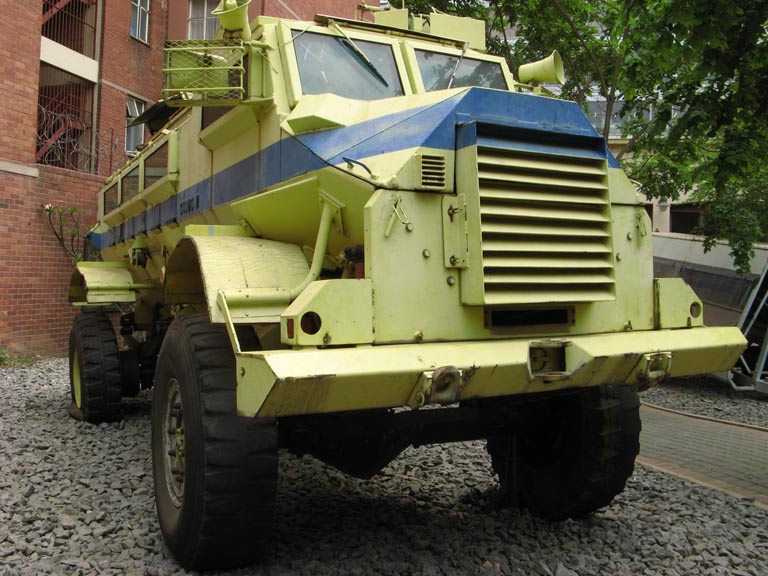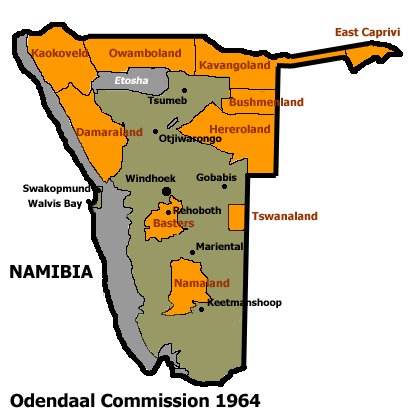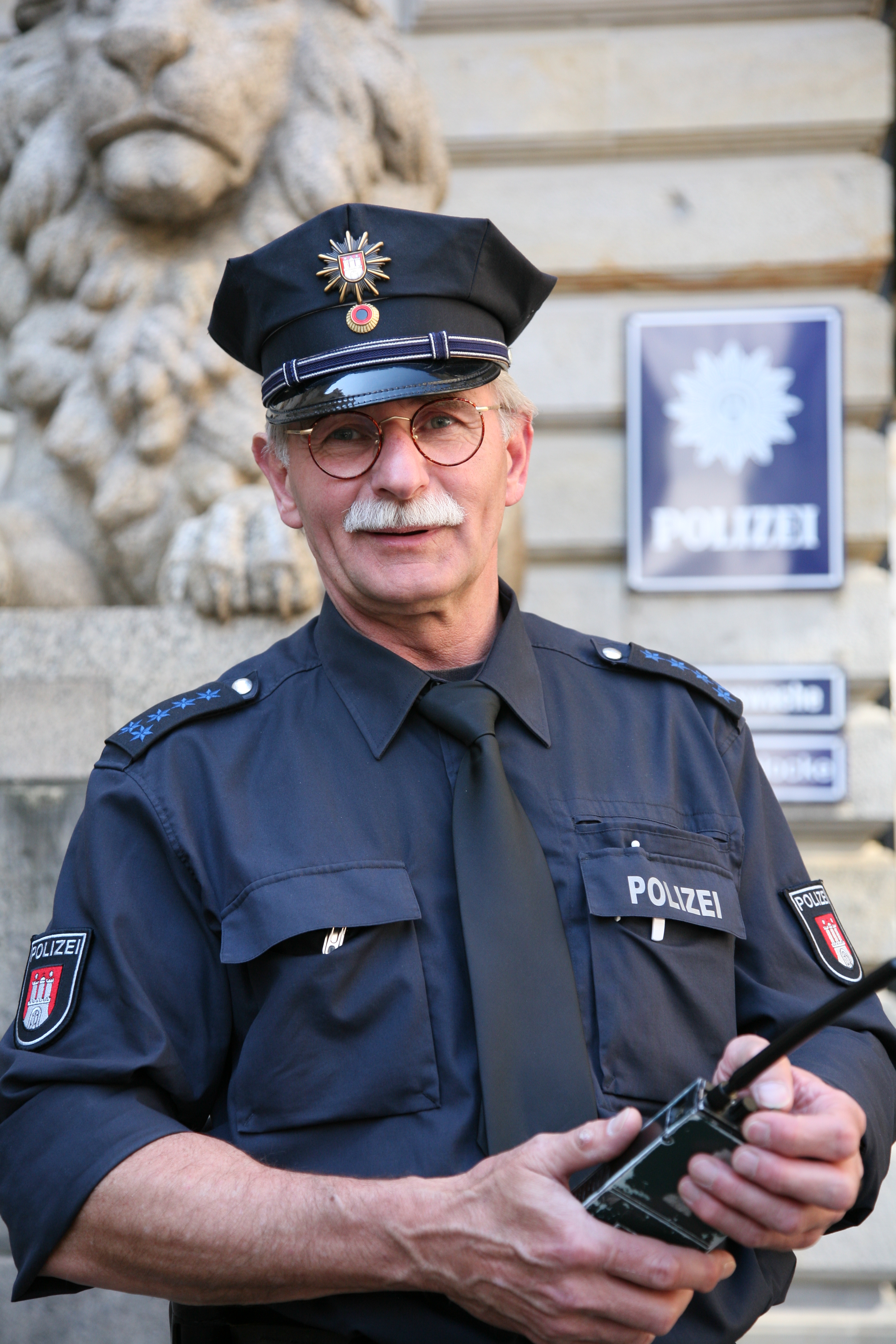|
SA Police Silver Cross For Gallantry
The South African Police Silver Cross for Gallantry was a decoration that existed between 1985 and 1989. History Instituted on 29 January 1985, the SCG was awarded to all ranks of the South African Police for conspicuous and exceptional gallantry while fighting terrorism. The SCG is a silver cross pattee, displaying a gold SAP badge enclosed in a laurel wreath. The reverse depicts the SAP Memorial at Berg-en-Dal. The ribbon is blue, with white-red-white edges. The SCG was discontinued when the SA Police Cross for Bravery was expanded to three classes on 17 May 1989. See also * South African civil honours * South African police decorations Notes References * {{cite book, last1=Alexander, first1=E. G. M., last2=Barron, first2=G. K. B., last3=Bateman, first3=A.J., year=1986, title=South African Orders, Decorations and Medals, publisher=Human and Rousseau External links South African Medals Website Law enforcement in South Africa Police decorations and medals of South Af ... [...More Info...] [...Related Items...] OR: [Wikipedia] [Google] [Baidu] |
South African Police
The South African Police (SAP) was the national police force and law enforcement agency in South Africa from 1913 to 1994; it was the ''de facto'' police force in the territory of South West Africa (Namibia) from 1939 to 1981. After South Africa's transition to majority rule in 1994, the SAP was reorganised into the South African Police Service (SAPS). History The South African Police were the successors to the police forces of the Cape Colony, the Natal Colony, the Orange River Colony, and the Transvaal Colony in law enforcement in South Africa. Proclamation 18 formed the South African Police on 1 April 1913 with the amalgamation of the police forces of the four old colonies after the founding of the Union of South Africa in 1910. The first Commissioner of Police was Colonel Theo G Truter with 5,882 men under his command. The SAP originally policed cities and urban areas, while the South African Mounted Riflemen, a branch of the Union Defence Force, enforced the state' ... [...More Info...] [...Related Items...] OR: [Wikipedia] [Google] [Baidu] |
South West Africa
South West Africa ( af, Suidwes-Afrika; german: Südwestafrika; nl, Zuidwest-Afrika) was a territory under South African administration from 1915 to 1990, after which it became modern-day Namibia. It bordered Angola ( Portuguese colony before 1975), Botswana ( Bechuanaland before 1966), South Africa, and Zambia (Northern Rhodesia before 1964). Previously the German colony of South West Africa from 1884–1915, it was made a League of Nations mandate of the Union of South Africa following Germany's defeat in the First World War. Although the mandate was abolished by the United Nations in 1966, South African control over the territory continued despite its illegality under international law. The territory was administered directly by the South African government from 1915 to 1978, when the Turnhalle Constitutional Conference laid the groundwork for semi-autonomous rule. During an interim period between 1978 and 1985, South Africa gradually granted South West Africa a limited ... [...More Info...] [...Related Items...] OR: [Wikipedia] [Google] [Baidu] |
SA Police Cross For Bravery
The South African Police Cross for Bravery was a high-ranking decoration, that existed between 1963 and 2004. It initially had only one class, but it was expanded to three classes in 1988. First type Instituted on 20 May 1963, retrospective to 31 May 1961, the decoration was awarded to all ranks of the South African Police, for conspicuous and exceptional bravery in the execution of duties, or in protecting or saving life or property. Recipients were entitled to the post-nominal letters PCF, standing for , the Latin form of the name. The PCF is a gold cross, each arm built up in five stepped layers. In the centre is a narrow cross on a gyronny background inside a blue circlet inscribed (Courage lives on after death) within a green laurel wreath. The reverse depicts the national coat of arms and the words "" and "For Bravery". The ribbon is blue with a white-gold-white centre panel, and is worn around the neck. Second type In 1989, the PCF was divided into three class ... [...More Info...] [...Related Items...] OR: [Wikipedia] [Google] [Baidu] |
South African Civil Honours
South African orders, decorations and medals are those military and civilian orders, decorations and medals issued by the Government of South Africa. The following is a (non-exhaustive) list of these: Historical orders, decorations and medals Military Civilian Union of South Africa The Union of South Africa was formed in 1910, as a self-governing Dominion in the British Empire. A medal was issued to commemorate the event. As a Dominion, the Union came under the British honours system, and South Africans featured in the semi-annual British honours lists. South Africans also received British civilian decorations for bravery. The nationalist government stopped the conferment of titles and orders in 1925, and discontinued nominations for bravery awards after the Union's independence was recognised in 1931. It established its own bravery awards a few years later. The Union's civil honours thus consisted of: * Decoration ** King's/Queen's Medal for Bravery (1939–61) * Comm ... [...More Info...] [...Related Items...] OR: [Wikipedia] [Google] [Baidu] |
South African Police Decorations
An overview of South African police decorations and medals, which form part of the South African honours system. South African Police The South African Police was established in 1913 as a national police force. It had a secondary military role, which came to the fore in World War I and again in World War II. 1923-1963 The SAP was eligible for the British King's Police Medal, which was awarded annually throughout the British Empire. This was discontinued in 1933, because South Africa had become independent as a member of the new British Commonwealth, and it was replaced in 1937 by a special South African issue of the medal. From 1923, the SAP also had its own long service medal, which doubled as a medal for gallantry. The medals available to the SAP between 1923 and 1963 were thus: Decoration * Queen's Police Medal (South Africa) (1937–61) Campaign medal * Long service medal * Police Good Service Medal (192363) Until 1952, they were incorporated into the ... [...More Info...] [...Related Items...] OR: [Wikipedia] [Google] [Baidu] |
Law Enforcement In South Africa
Law enforcement in South Africa is primarily the responsibility of the South African Police Service (SAPS), South Africa's national police force. SAPS is responsible for investigating crime and security throughout the country. The "national police force is crucial for the safety of South Africa's citizens" and was established in accordance with the provisions of Section 205 of the Constitution of South Africa. History European Colonization (1652-1910) The mid-seventeenth century marked the beginning of European interest in the Western Cape, in what is currently South Africa. In its earliest stages, the colony was run by the Dutch East India Company. During their occupation, and well into British colonization of the area, there were a variety of policing units throughout the various areas of the vast colony. Cape of Good Hope From 1652 until 1840, the primary law enforcement agency in Cape Town was the Fiscal's law enforcement officers who maintained law and order in the ar ... [...More Info...] [...Related Items...] OR: [Wikipedia] [Google] [Baidu] |
Police Decorations And Medals Of South Africa
The police are a constituted body of persons empowered by a state, with the aim to enforce the law, to ensure the safety, health and possessions of citizens, and to prevent crime and civil disorder. Their lawful powers include arrest and the use of force legitimized by the state via the monopoly on violence. The term is most commonly associated with the police forces of a sovereign state that are authorized to exercise the police power of that state within a defined legal or territorial area of responsibility. Police forces are often defined as being separate from the military and other organizations involved in the defense of the state against foreign aggressors; however, gendarmerie are military units charged with civil policing. Police forces are usually public sector services, funded through taxes. Law enforcement is only part of policing activity. Policing has included an array of activities in different situations, but the predominant ones are concerned with the pres ... [...More Info...] [...Related Items...] OR: [Wikipedia] [Google] [Baidu] |
Courage Awards
Courage (also called bravery or valor) is the choice and willingness to confront agony, pain, danger, uncertainty, or intimidation. Valor is courage or bravery, especially in battle. Physical courage is bravery in the face of physical pain, hardship, even death, or threat of death; while moral courage is the ability to act rightly in the face of popular opposition, shame, scandal, discouragement, or personal loss. The classical virtue of fortitude (''andreia, fortitudo'') is also translated "courage", but includes the aspects of perseverance and patience. In the Western tradition, notable thoughts on courage have come from philosophers Socrates, Plato, Aristotle, Aquinas, and Kierkegaard, as well as Christian beliefs and texts. In the Hindu tradition, mythology has given many examples of bravery, valor and courage, with examples of both physical and moral courage exemplified. In the Eastern tradition, the Chinese text ''Tao Te Ching'' offers a great deal of thoughts on ... [...More Info...] [...Related Items...] OR: [Wikipedia] [Google] [Baidu] |
1985 Establishments In South Africa
The year 1985 was designated as the International Youth Year by the United Nations. Events January * January 1 ** The Internet's Domain Name System is created. ** Greenland withdraws from the European Economic Community as a result of a new agreement on fishing rights. * January 7 – Japan Aerospace Exploration Agency launches '' Sakigake'', Japan's first interplanetary spacecraft and the first deep space probe to be launched by any country other than the United States or the Soviet Union. * January 15 – Tancredo Neves is elected president of Brazil by the Congress, ending the 21-year military rule. * January 20 – Ronald Reagan is privately sworn in for a second term as President of the United States. * January 27 – The Economic Cooperation Organization (ECO) is formed, in Tehran. * January 28 – The charity single record " We Are the World" is recorded by USA for Africa. February * February 4 – The border between Gibraltar and Spain r ... [...More Info...] [...Related Items...] OR: [Wikipedia] [Google] [Baidu] |
Awards Established In 1985
An award, sometimes called a distinction, is something given to a recipient as a token of recognition of excellence in a certain field. When the token is a medal, ribbon or other item designed for wearing, it is known as a decoration. An award may be described by three aspects: 1) who is given 2) what 3) by whom, all varying according to purpose. The recipient is often to a single person, such as a student or athlete, or a representative of a group of people, be it an organisation, a sports team or a whole country. The award item may be a decoration, that is an insignia suitable for wearing, such as a medal, badge, or rosette (award). It can also be a token object such as certificate, diploma, championship belt, trophy, or plaque. The award may also be or be accompanied by a title of honor, as well as an object of direct value such as prize money or a scholarship. Furthermore, an honorable mention is an award given, typically in education, that does not confer the ... [...More Info...] [...Related Items...] OR: [Wikipedia] [Google] [Baidu] |
Awards Disestablished In 1989
An award, sometimes called a distinction, is something given to a recipient as a token of recognition of excellence in a certain field. When the token is a medal, ribbon or other item designed for wearing, it is known as a decoration. An award may be described by three aspects: 1) who is given 2) what 3) by whom, all varying according to purpose. The recipient is often to a single person, such as a student or athlete, or a representative of a group of people, be it an organisation, a sports team or a whole country. The award item may be a decoration, that is an insignia suitable for wearing, such as a medal, badge, or rosette (award). It can also be a token object such as certificate, diploma, championship belt, trophy, or plaque. The award may also be or be accompanied by a title of honor, as well as an object of direct value such as prize money or a scholarship. Furthermore, an honorable mention is an award given, typically in education, that does not confer the recipient(s) ... [...More Info...] [...Related Items...] OR: [Wikipedia] [Google] [Baidu] |








